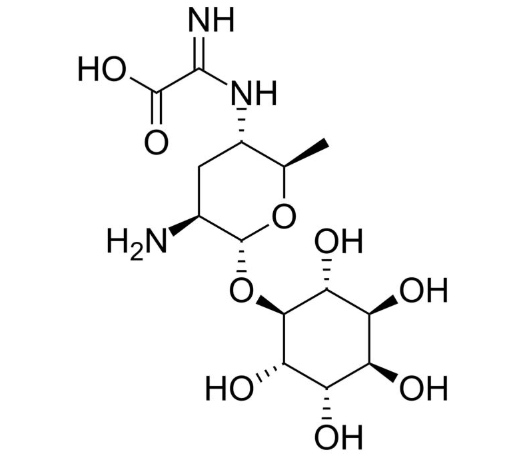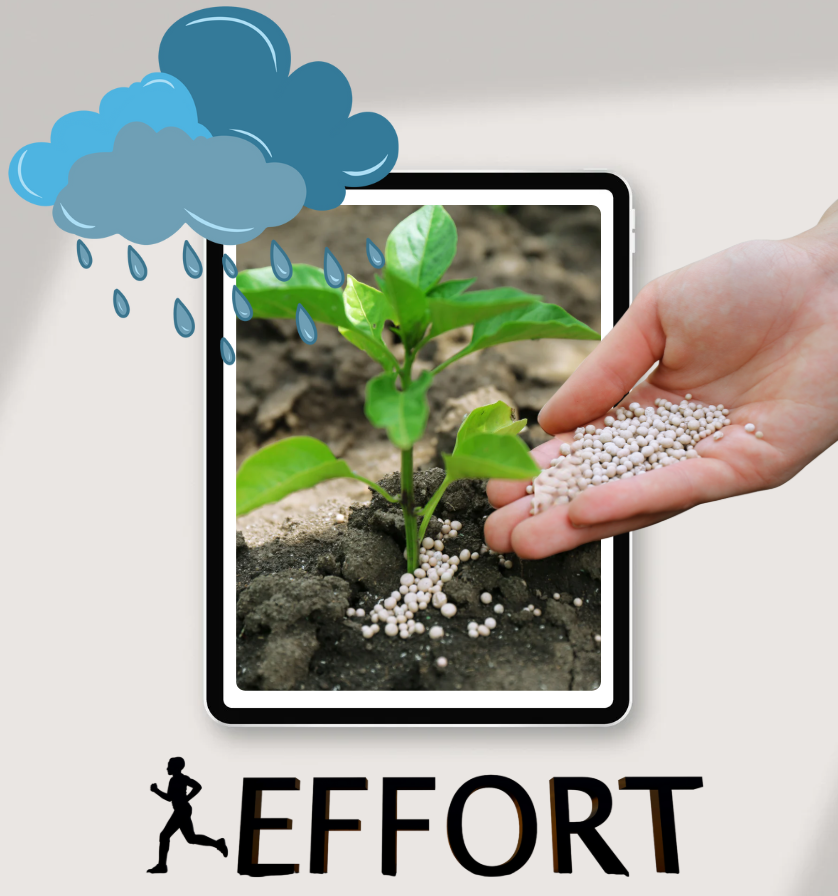
What Is Kasugamycin? Effects and Mode of Action Against Bacterial Diseases in Crops
Kasugamycin is a bio-antibiotic active ingredient used in agriculture to control major bacterial diseases like bacterial blight, leaf margin burn, and bacterial spots. Learn how it works and why it's effective for crop protection.
1. What Is Kasugamycin?

Kasugamycin is an antibiotic active ingredient derived from the soil bacterium Streptomyces kasugaensis. First discovered and applied in Japan, it is now widely used in modern agriculture to combat bacterial plant diseases.
Key Information:
- Chemical group: Antibiotic (Aminoglycoside)
- Source: Fermented from naturally occurring soil microbes
- Formulations: SP (soluble powder), SL (liquid solution)
- Mode of action: Light systemic activity – strong contact effect – both preventative and curative
2. Effects of Kasugamycin on Crops

Kasugamycin is used to prevent and control bacterial infections, especially:
|
Bacterial Disease |
Common Crops Affected |
|
Bacterial blight, leaf burn |
Rice, maize |
|
Bacterial spot |
Tomato, chili, cabbage |
|
Soft rot |
Cucumber, melon, napa cabbage |
|
Canker |
Citrus (orange, lemon, pomelo) |
|
Grain discoloration |
Rice |
👉 Main functions:
- Inhibits growth of disease-causing bacteria
- Prevents spread from infected to healthy plants
- Reduces risk of resistance when rotated properly
3. Mode of Action of Kasugamycin

Kasugamycin controls bacteria by:
🧪 Inhibiting protein synthesis
- Binds to the 30S subunit of bacterial ribosomes
- Blocks mRNA translation, preventing protein production
→ Bacteria stop growing and die
⚠️ Note:
- Only effective against bacteria – not effective against fungal pathogens
- Safe for plants as it does not damage plant cells – low risk of leaf burn
4. Advantages of Kasugamycin Over Other Antibiotics
|
Criteria |
Kasugamycin |
Streptomycin |
Oxytetracycline |
|
Origin |
Microbial |
Microbial |
Microbial |
|
Spectrum of activity |
Broad |
Broad |
Moderate |
|
Efficacy on crops |
✅ Strong |
✅ Strong |
⚠️ Less stable |
|
Resistance risk |
✅ Low (with rotation) |
❌ High |
❌ High |
|
Usage in Vietnam |
✅ Widely used |
✅ Yes |
✅ Yes |
5. Usage Guidelines and Cautions
- Spray early when symptoms just appear for best results
- Avoid mixing with strongly alkaline products (lime sulfur, sulfur compounds)
- Rotate with copper oxychloride, nano silver, or biologicals to avoid resistance
- Do not use more than 2 consecutive times per crop cycle
- Follow pre-harvest intervals strictly (usually 7–14 days depending on crop)
6. Conclusion
Kasugamycin is a highly effective biological antibiotic for preventing and controlling bacterial diseases in rice, fruit trees, and vegetables. By blocking protein synthesis in bacteria, it halts disease progression while remaining safe for crops and the environment.
👉 If you're looking for a safe, smart, and long-term solution to bacterial diseases, Kasugamycin is a reliable choice.
Bình luận
Những bình luận mới nhất



